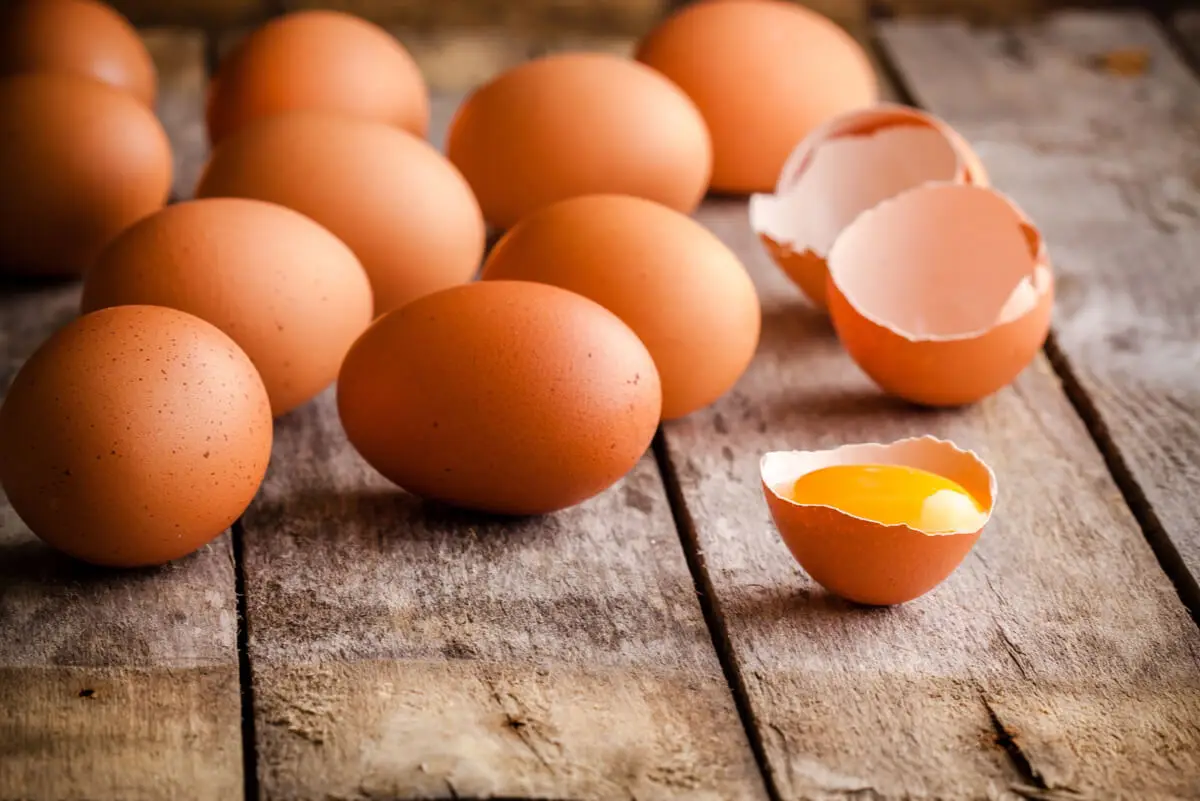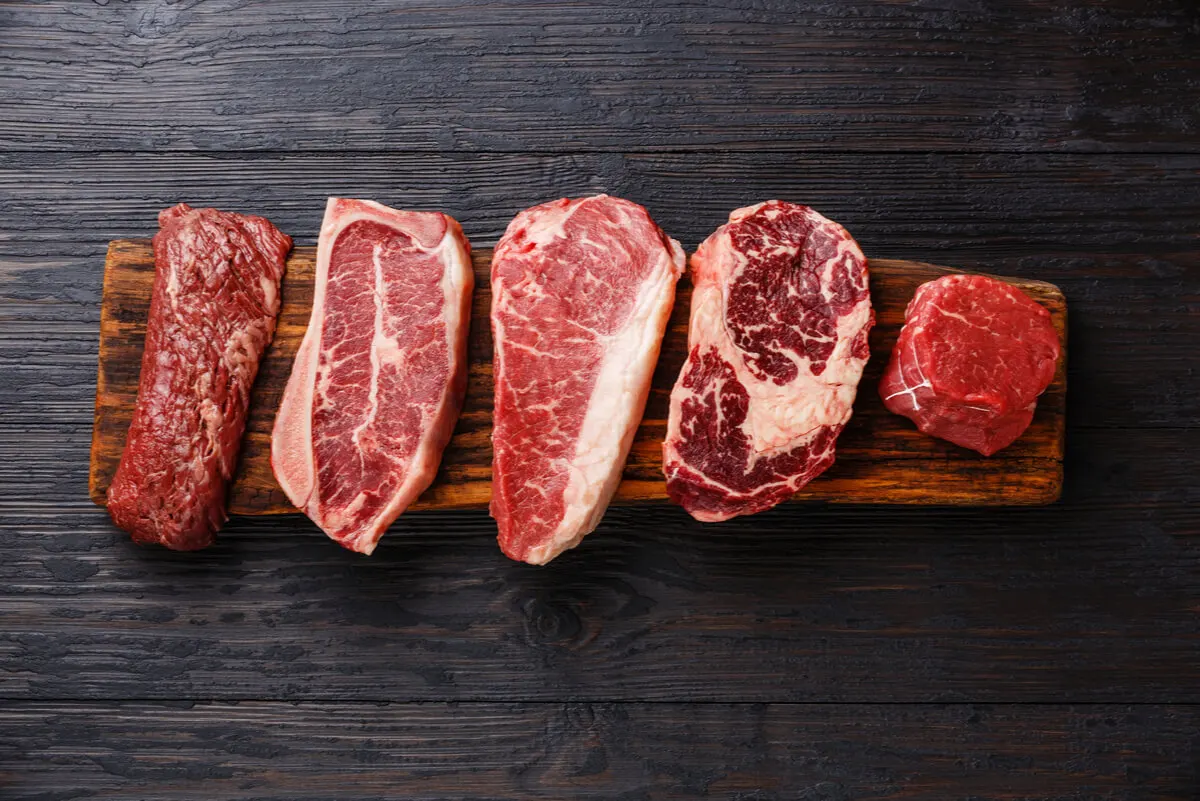6 Foods that Help Increase Muscle Mass


Written and verified by the nutritionist Florencia Villafañe
There’s no doubt that to gain muscle you have to train and be constant in this task, but did you know that, in addition to this, certain food helps to increase muscle mass? If you want to find out more, this article is for you.
Muscle is a tissue that is mostly made up of water and 22% protein. Therefore, the intake of this nutrient in the diet has a direct impact on the structure and synthesis. Likewise, fats and carbohydrates must also be consumed in adequate amounts.
Foods that help to increase muscle mass
First of all, in order to gain muscle mass one must have a positive energy balance, which means that the total calories provided through the diet must be higher than the daily requirements. This is what is known as a surplus or hypercaloric diet.
In addition, nutrition professionals suggest that protein intake should range from 1.2 grams per kilogram of body weight to as much as 2.5 grams per day. It will depend, of course, on the type of activity performed, the duration, and the particularities of each person.
Consequently, to reach this value, it’s necessary to prioritize the consumption of foods that are a source of protein, as well as to consider their quality. So, we’re now going to tell you which foods will help you increase your muscle mass.

Eggs
Eggs have a complete and balanced protein composition, as they contain all the essential amino acids (structural units that make up this nutrient) that must be provided in the diet, since the body is unable to produce them. It is, therefore, considered to have a higher biological value than other products.
Specifically, protein predominates in the egg white and the most important protein is albumin. However, ovolecithin and ovomucin are also found in the yolk. Therefore, in 100 grams (4 oz) of this food we can find 12 grams (0.5 oz) of proteins, which are 95% absorbed.
Find out: How Many Eggs Can You Eat a Week?
Meat
Meat is also considered a source of this nutrient. According to data from the Spanish Nutrition Foundation, they provide between 15 to 22% and are also of high quality. But there are some types that can exceed this value. Likewise, in these foods, there are also minerals such as iron, zinc, and phosphorus.
People often ask whether the protein content differs in red and white meats. The reality is that there’s no noticeable difference between them. However, what can vary is the content and quality of the fats.
Dairy products
Milk proteins are also considered to be of high biological value. In 100 milliliters of this food, there are 3.6 grams of them, of which we should mention casein, as it accounts for 80% of the total. It is thanks to this element that dairy products such as cheese and yogurt can be produced.
Quinoa
Quinoa is a pseudocereal, a grain known since ancient times and originally used by the Andean peoples. Some years ago its consumption increased in different parts of the world, because several studies showed its complete protein content compared to other cereals.
Thus, it provides from 13 to 16 grams (just over 0.5 oz) of this nutrient in 100 grams (4 oz) of food, as well as vitamins and minerals. Its high content of omega-6 fatty acids and fiber is not to be underestimated either.
Legumes
Legumes are characterized by their high protein content, as they contain between 17 and 25%. This proportion is similar to the content that meats have, but there is one main difference here.
The group is deficient in the amino acids methionine and glycine. This doesn’t mean that they aren’t foods that help you to gain muscle mass, but it means they should be supplemented with other products that improve their protein content, such as cereals. Vegetarians or vegans must make this supplementation.

See also: 7 Protein Snacks to Increase Muscle Mass
Cereals
Cereals, especially whole grains, are foods that have a considerable nutritional quality. They provide dietary fiber, and minerals and contain hardly any fat.
Regarding their protein content, this value ranges from 7 to 15%. Although this content isn’t the same as other foodstuffs, they’re a group that many people consume on a daily basis. Oatmeal and brown rice are among the most outstanding contributors to muscle building.
Foods to increase muscle mass: what should we know?
You should take this list of foods into account if you want to get your muscles to increase. Of course, the amount you need to eat will depend on your individual characteristics, so we advise you to consult a nutrition professional.
Also, keep in mind that you need to train enough and have adequate rest in order to achieve it. However, you should realize that this isn’t a magical formula, and you need to combine it with a suitable lifestyle in order to achieve your proposed goals.
All cited sources were thoroughly reviewed by our team to ensure their quality, reliability, currency, and validity. The bibliography of this article was considered reliable and of academic or scientific accuracy.
- Horcada Ibáñez, A. L., & Polvillo Polo, O. (2010). Conceptos básicos sobre la carne. La Producción de carne en Andalucía.
- Fundación Española de la Nutrición (FEN), 2019 Guía de alimentación. Tu elección saludable.
- Hernández Hernández, Johana Marcela. Formulación de una emulsión estabilizada por proteína de suero de leche con aplicación en suplementos para formación de masa muscular. BS thesis. Uniandes, 2017.
- Fundación Española de la Nutrición. Guía nutricional de la carne.
- González, Juan Antonio, and Fernando Eduardo Prado. “Quínoa: Aspectos biológicos, propiedades nutricionales y otras consideraciones para su mejor aprovechamiento.” (2013).
- Toro, R., Mangas, A., Quezada, M., Rodriguez-Rosety, M., Fournielles, G., Rodriguez-Rosety, I., … & Durán, M. D. C. (2014). Influencia de la dieta y el ejercicio en el perfil proteómico de una poblacion deportista. Nutrición Hospitalaria, 30(5), 1110-1117.
- Martinez-Sanz, J. M., & Urdampilleta, A. (2012). Necesidades nutricionales y planificación dietética en deportes de fuerza. Motricidad. European Journal of Human Movement, 29, 95-114.
- López-Sobaler, Ana M., and Aránzazu Aparicio Vizuete. “El huevo en la dieta de las personas mayores; beneficios nutricionales y sanitarios.” Nutrición Hospitalaria 30 (2014).
- Urdampilleta, Aritz, Néstor Vicente-Salar, and José Miguel Martínez Sanz. “Necesidades proteicas de los deportistas y pautas diétetico-nutricionales para la ganancia de masa muscular.” Revista Española de Nutrición Humana y Dietética 16.1 (2012): 25-35.
This text is provided for informational purposes only and does not replace consultation with a professional. If in doubt, consult your specialist.








